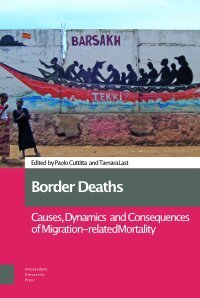By The American Immigration Council
For generations, the United States has been a place of safe haven for people seeking freedom and safety. In 1980, Congress passed the Refugee Act, codifying basic refugee protections into law and enshrining a global commitment to asylum which emerged from the tragedy of the Holocaust. In the decades since then, hundreds of thousands of refugees and asylees have been granted status, strengthening communities around the nation, contributing economically, and enriching the national fabric.
But in the 21st century, a global displacement crisis is affecting nearly every country in the world. Multiple nations across the Western Hemisphere have become destabilized due to a wide variety of factors, including rising authoritarianism, political assassinations, natural disasters, powerful transnational criminal organizations, climate change, and the global socioeconomic shocks of the COVID-19 pandemic. The end result is humanitarian migration at levels far above what the 20th-century system can handle.
Presidential administrations of both parties have failed to meet this challenge. Instead of an orderly, humane, and consistent approach to humanitarian protection and border management, we have been left with a dysfunctional system that serves the needs of no one: not the government, border communities, or asylum seekers themselves.
Today, the U.S. government faces an enormous challenge. The number of asylum seekers seeking to enter each day is significantly higher than the number the United States can process at official border crossings. The location and manner of crossings varies widely across the border, often changing unpredictably based on misinformation, rumor, or the demands of powerful transnational criminal organizations which maintain control over many of the migration routes with a bloody fist. The system is constantly at risk of bottlenecks and overcrowding, building the perception of chaos at the border. And inside the United States, underfunding, neglect, and deliberate sabotage have left the adjudicatory process in shambles.
Washington, DC: American Immigration Council, 2023. 60p





















